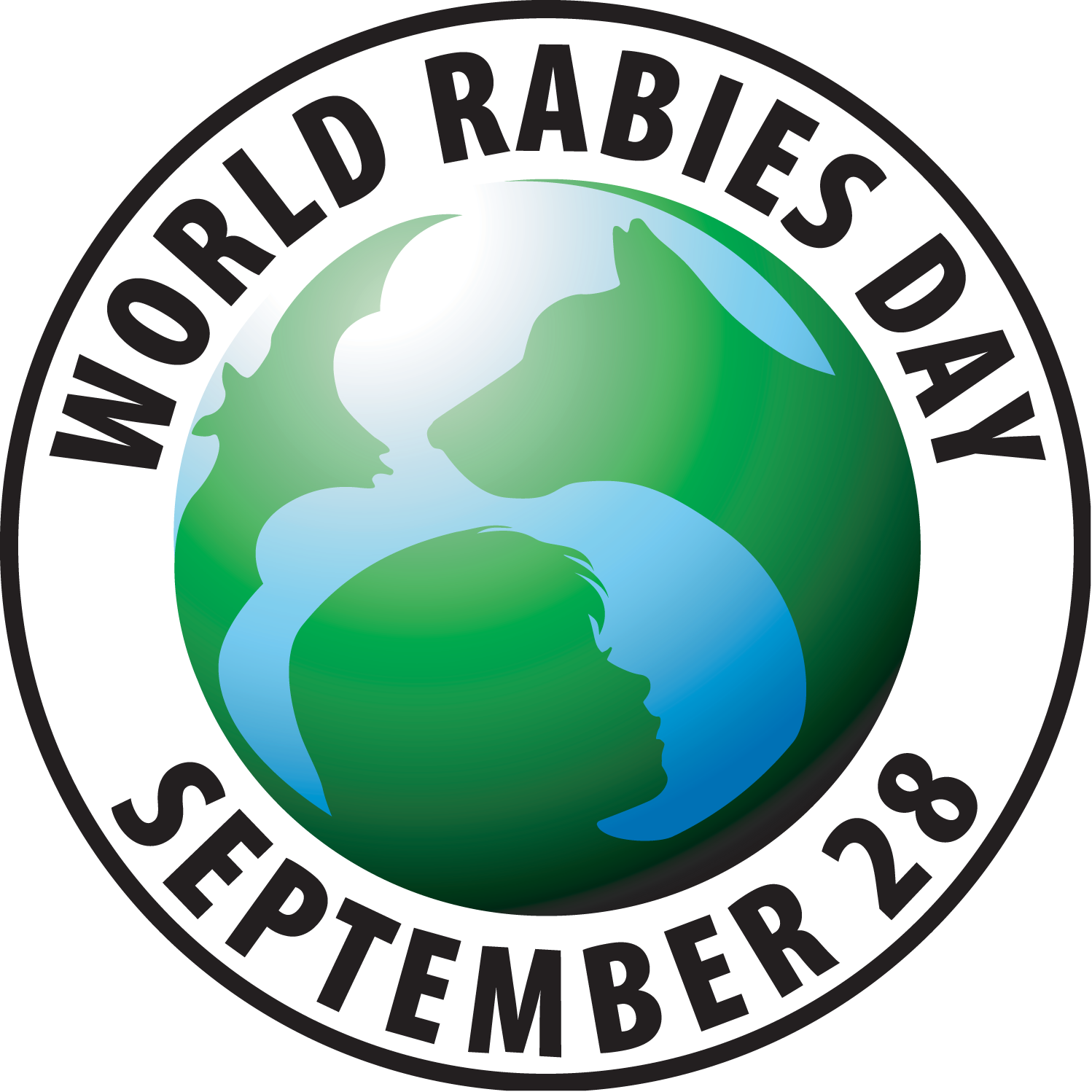New York State law requires rabies vaccinations for all cats, dogs and domesticated ferrets!
Key rabies facts
(World Health Organization, Centers for Disease Control and Prevention)
- Rabies occurs in more than 150 countries and territories.
- More than 55 000 people die of rabies every year, mostly in Asia and Africa.
- 40% of people who are bitten by suspect rabid animals are children under 15 years of age.
- Dogs are the source of the vast majority of human rabies deaths worldwide.
- More than 90% of all animal cases reported annually in the United States now occur in wildlife, primarily wild carnivores and bats.
- Wound cleansing and immunization within a few hours after contact with a suspect rabid animal can prevent the onset of rabies and death.
- Every year, more than 15 million people worldwide receive a post-exposure vaccination to prevent the disease– this is estimated to prevent hundreds of thousands of rabies deaths annually.
The Truth About Rabies
Rabies! It's a potent word that demands an exclamation mark.
Our reactions are primal, colored by myths, modern movies and novels such as "Rage," "Cujo," "Old Yeller" and "To Kill a Mockingbird." You may have heard the popular warning: Beware of bats or raccoons in the daytime. They carry rabies!
But the truth is such a raccoon might be a mother taking a break from caring for her babies, one that has distemper or another disease, or one dazed after being injured by a passing car.
A bat in the daytime might be a juvenile learning to fly but "driving" erratically and without parental consent to be out and about, according to Charles Rupprecht, VMD, PhD, chief of Rabies Program, Centers for Disease Control and Prevention (CDC).
No signs can tell you if an animal is rabid, he says. That's why there are diagnostic tests.
Wild animals acting oddly—perhaps approaching people—may indicate they have rabies. But nonrabid wild animals also may do that because they are used to humans, says Rupprecht.
Another myth is that certain animals "carry" the disease. Any mammal infected with the virus is its victim as well. Some species are better hosts. Those that lick, suck and bite in their social interactions allow the virus to spread through saliva or brain/nervous system tissue. Hosts that live in large and dense social groups help maintain the virus' success.
With an incubation period that can be less than a week, a few months or more than a year, rabies can pass from one unsuspecting victim to the next.
Although Louis Pasteur developed a rabies vaccine in 1885, rabies still kills more than 55,000 people around the world each year, according to the World Health Organization.
In the United States, with its ideal access to affordable vaccine and vaccination laws, rabies has dropped dramatically over the last 100 years. There used to be 100 human deaths annually around 1900. Today, there are about two per year. However, every year, about 40,000 people in this country receive a series of shots due to potential exposure to rabies.
In 2010, 48 states and Puerto Rico reported 6,153 cases of rabies in animals to the CDC. About 8% were in domestic animals, with Pennsylvania reporting the largest number (72) for any state. New York was second, with 51.
With wildlife accounting for about 92% of the rabid animal reports in the United States, raccoons (36.5%), skunks (23.5%) and bats (23.2%) lead the way.
Once symptoms develop, rabies is almost always fatal. Onset may be prevented after contact with a suspect rabid animal. Thoroughly clean any wound immediately with soap and water. Get the victim immunized—or "boostered," within a few hours.
With this killer virus, nowhere is the adage more true: An ounce of prevention is worth a pound of cure!
For More Information, See:
- World Rabies Day website, worldrabiesday.org
- CDC web page on Rabies, cdc.gov/rabies
- Compassionate Care Veterinary Hospital of Manlius, Animal Diseases Contagious to People
Many people around the globe celebrate World Rabies day, which raises awareness about the impact of rabies and how the disease can be prevented. It is held September 28 each year.
The Truth About Rabies was written by Maureen Blaney Flietner and appeared in PetsMatter, by the American Animal Hospital Association




